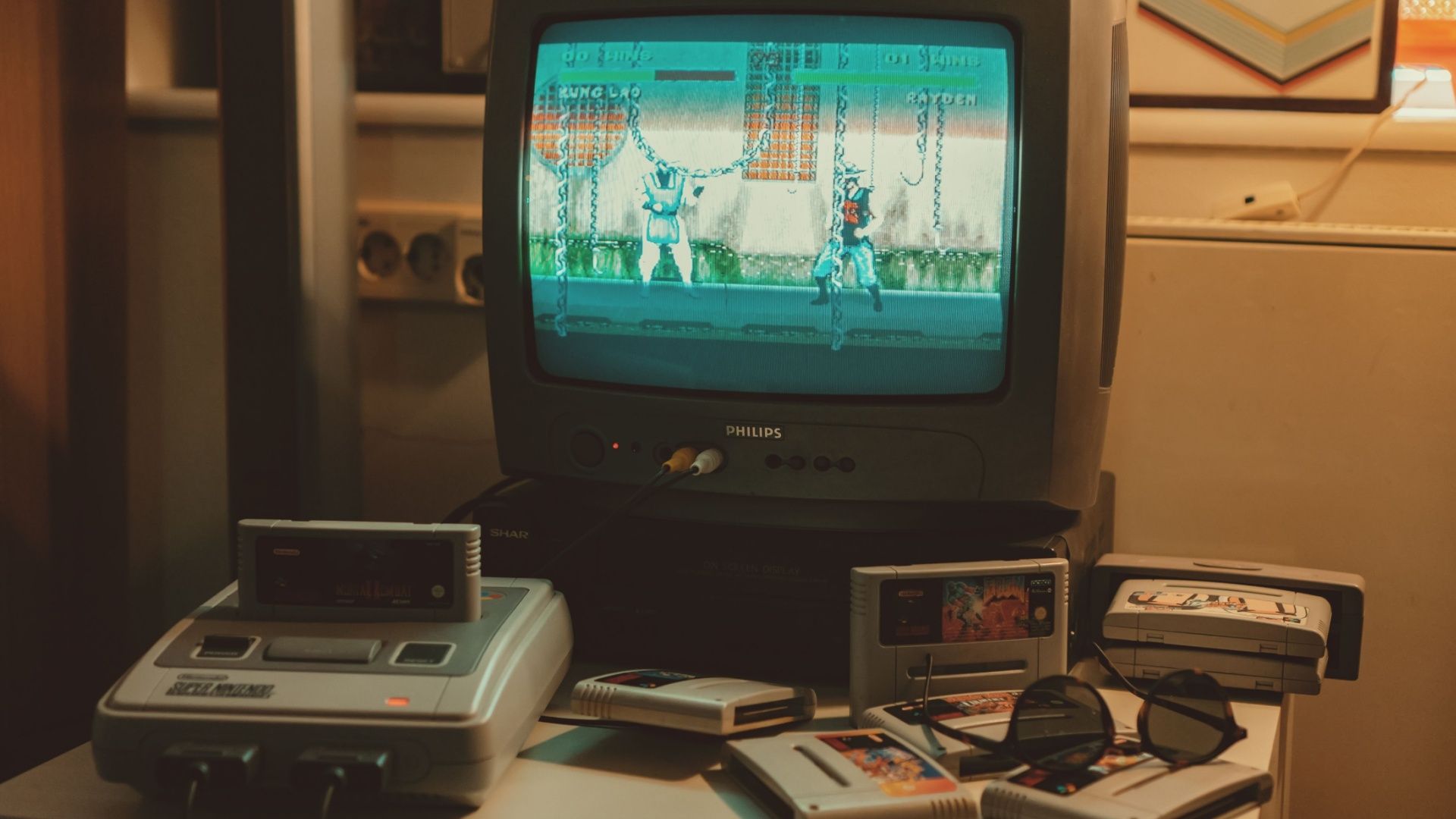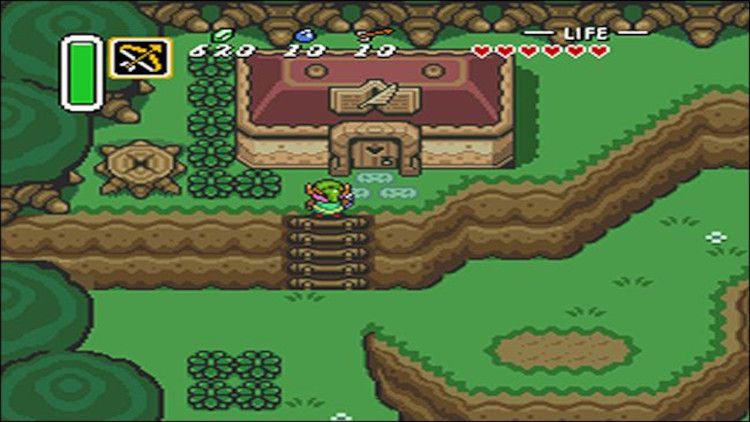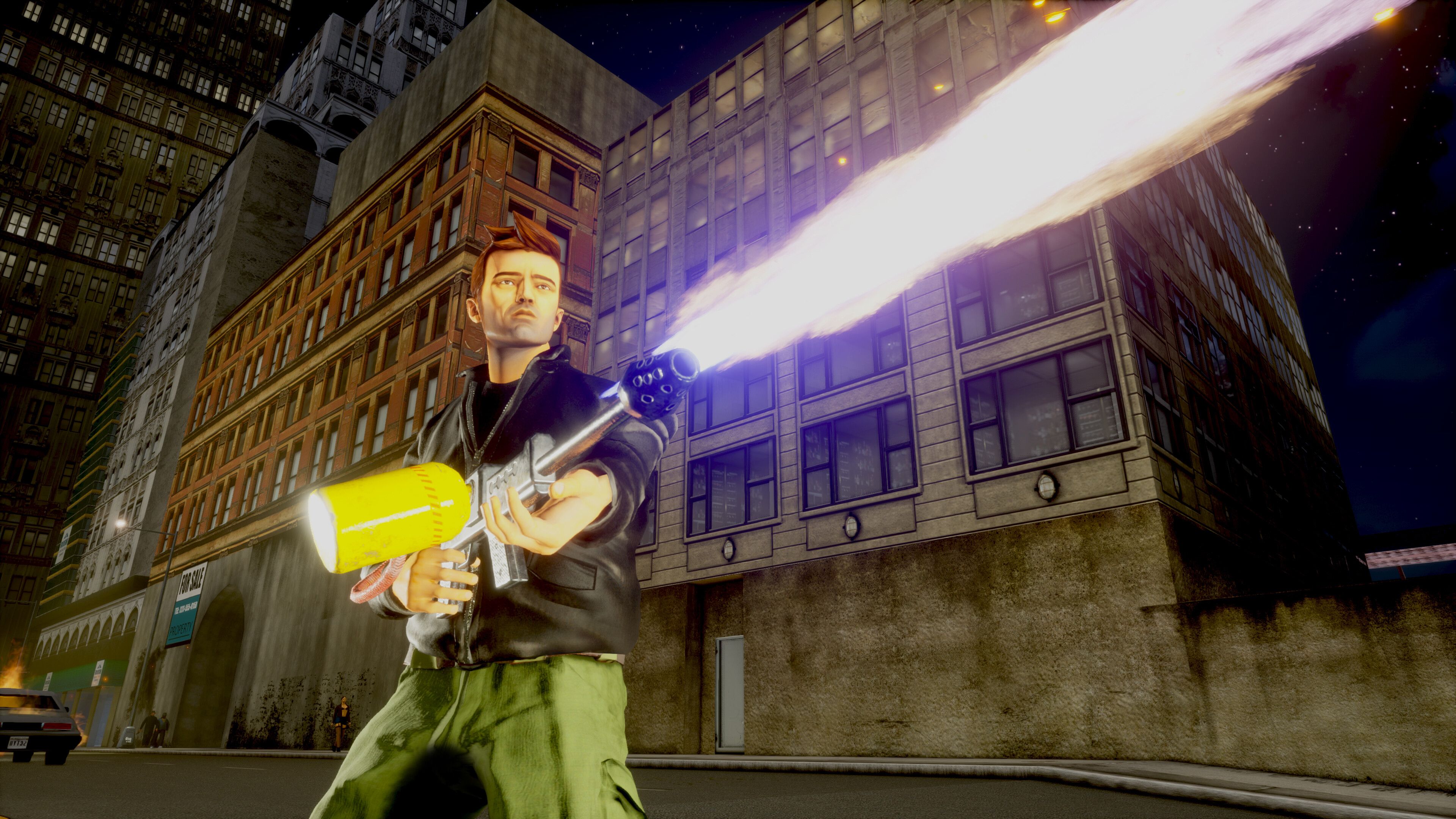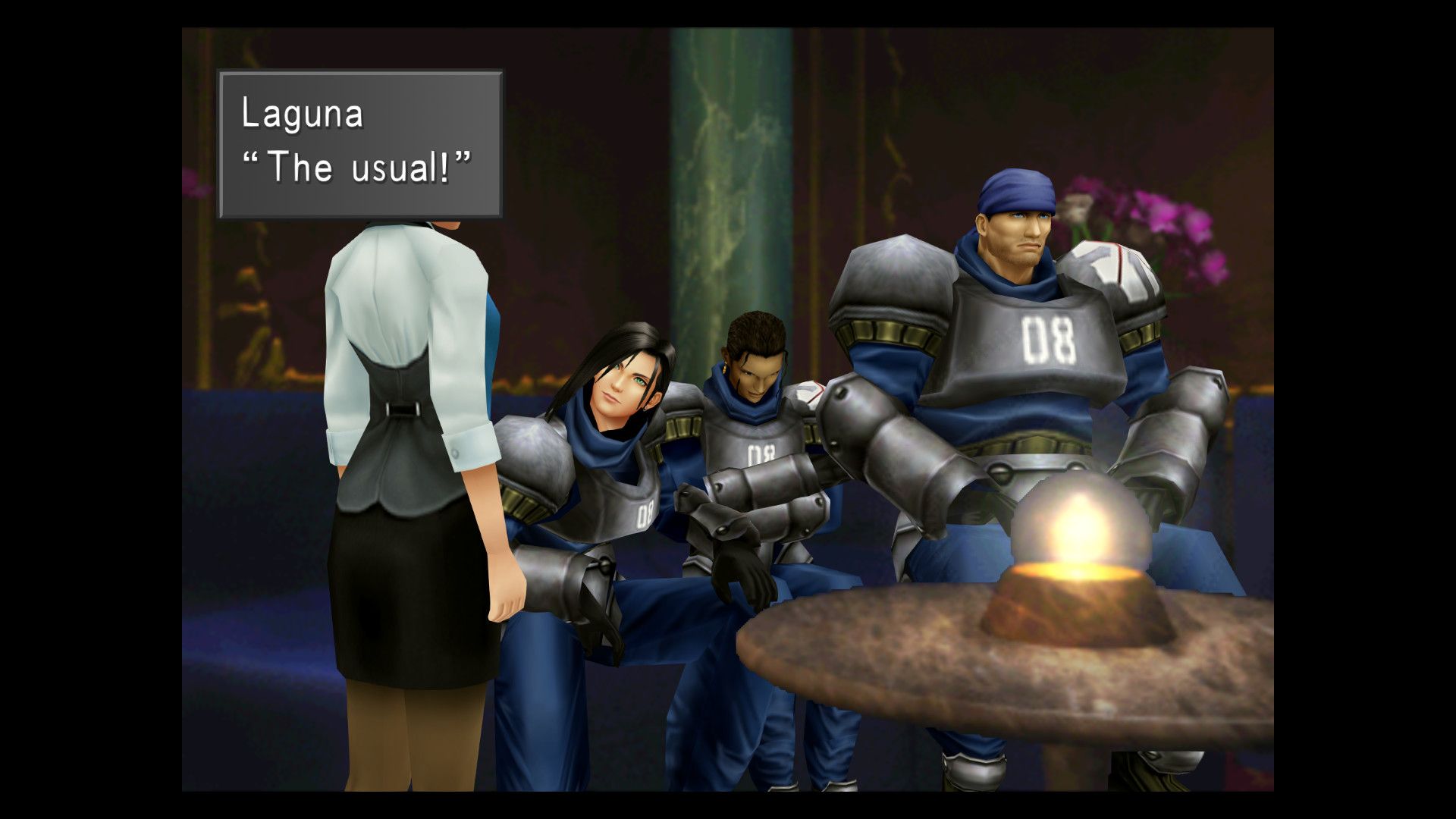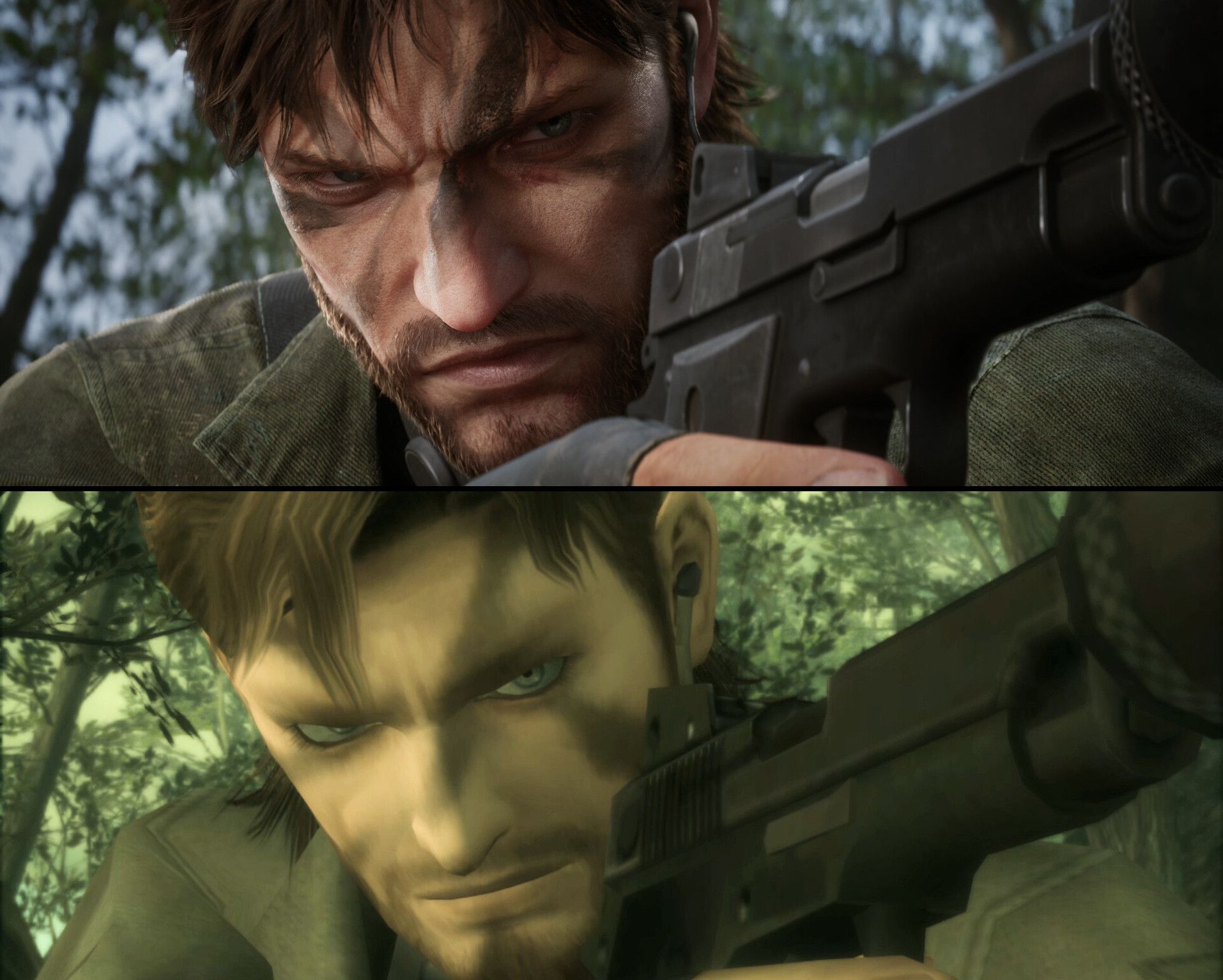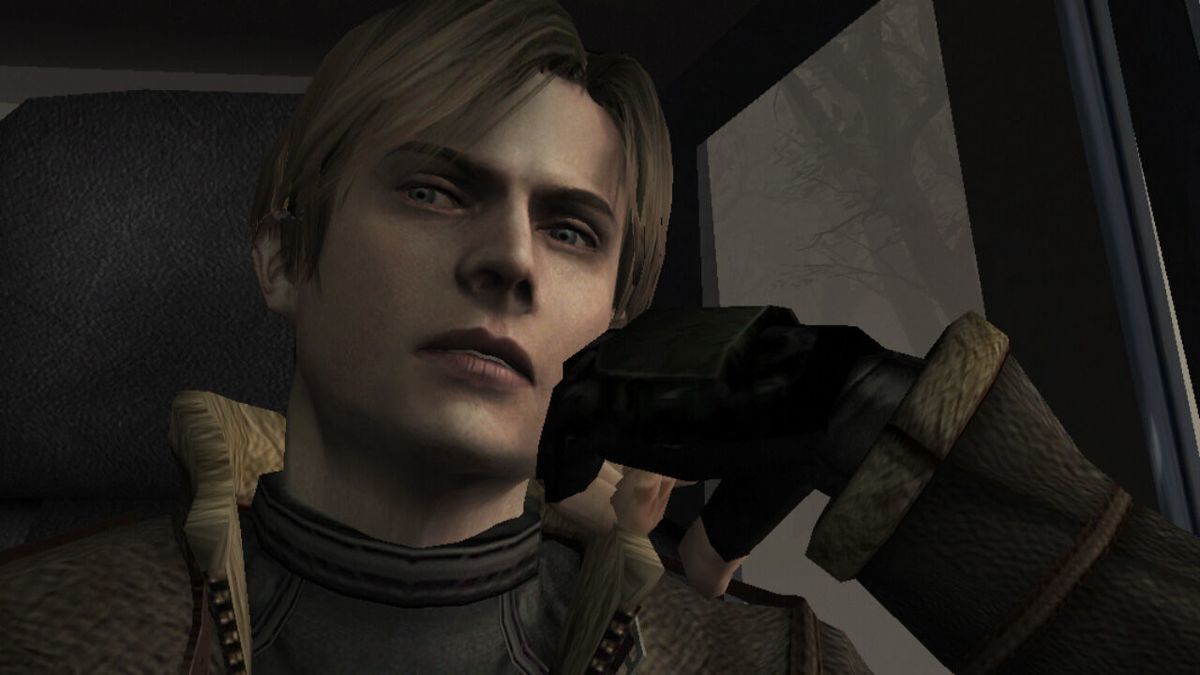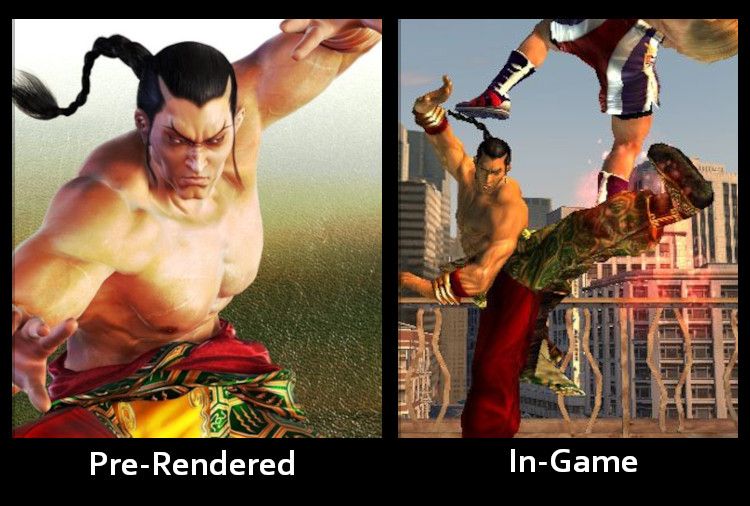Summary
- Many retro games were designed for CRT screens, so modern displays highlight flaws like blurry textures and low pixel density.
- Re-releases of old games vary in quality, with some remasters enhancing visuals while others suffer from graphical downgrades.
- Nostalgia and changing graphical standards often lead to players misremembering retro game graphics.
Retro games tend to look great in our minds, but that always changes once we finally replay them. Even for games that you’ve sunk hundreds of hours into, the graphics will usually seem a lot worse than you remembered. But why do we always seem to misremember our favorite games?
Retro Games Weren’t Made for Modern Screens
Up until the introduction of HD consoles, most video games were designed to be played on CRT televisions. Although CRTs limited how much detail could be shown in older games, developers used these restrictions to make their graphics seem more impressive. CRTs possessed a low resolution that masked the blurry textures and blocky character models of early 3D titles, as well as a “fuzzy” visual quality that smoothed out the jagged edges of pixel sprites and 3D assets.
Unless you still own a CRT or can afford to buy one from a second-hand seller, you can’t replay old games with their original visual quality. Modern TVs output video at higher resolutions, meaning games will be displayed in a sharper image quality. Unfortunately, these higher resolutions also magnify the previously unnoticed flaws of retro graphics. Without the limitations of CRT televisions, it’s a lot easier to notice blurry textures, jagged 3D models, low pixel density, and visual bugs like the PS1’s texture warping.
Some games on older consoles also suffer from visual errors caused by modern displays. For example, games released on the NES and SNES were designed to fit a 4:3 aspect ratio, but they may appear stretched when displayed on widescreen monitors.
This doesn’t mean old games are guaranteed to look bad on newer screens. Many games with pre-rendered backgrounds and stylized visuals still hold up, despite their age. Even with modern TVs shining a spotlight on their flaws, there’s still plenty to admire about the best-looking games of the pre-HD era. However, even the best retro graphics will appear slightly worse without the advantages of CRTs.
All this is to say that modern screens can make old games look worse than when you first played them. While the in-game graphics are technically the same, the way they’re displayed on screens can drastically alter their appearance. The imperfections of CRTs were a blessing in disguise for early game developers, but seeing these games at higher resolutions hasn’t done them any favors.
Re-Releases Aren’t Always Perfect
Modern ports and remasters are optimized for modern displays, with many featuring improved textures, reworked 3D models, and other visual improvements. At their best, these re-releases can update old games to look just like you remember them—if not better. Some remasters, such as The Legend of Zelda: The Wind Waker HD and Mass Effect Legendary Edition, update their respective games with visuals that rival the graphics of newer games.
Unfortunately, not every re-release meets the same level of quality. Straightforward ports of older titles don’t always include graphical updates, instead presenting the game as it was originally released. As with any attempt to display non-HD games at higher resolutions, the clearer image only serves to highlight the graphical limitations of these games, making them seem noticeably worse than their original versions despite being mostly unaltered.
Some ports and remasters will update certain parts of their visuals while leaving others unchanged, leading to an inconsistent presentation that makes their graphical limitations stand out even worse. The modern ports of Final Fantasy VII and VIII feature noticeably improved character models, but their detailed appearances clash with the blurry pre-rendered backgrounds and simple 3D environments.
In rare cases, a game’s remaster may be an outright downgrade compared to its original release. A few of the most infamous examples include Silent Hill: HD Collection and Grand Theft Auto: The Trilogy – Definitive Edition, both of which suffered from noticeably inferior visuals, missing environmental effects, and a lengthy list of newly added issues. Not all remasters are as blatantly terrible as these examples, but even some well-received remasters like Final Fantasy X HD and the Devil May Cry HD Collection suffer from similar bugs and visual downgrades.
Old Graphics Can’t Meet Modern Expectations
Although bad remasters and modern TVs can cause retro game graphics to look worse than usual, they’re not always to blame. Even when we replay old games on their original hardware and with their intended displays, they rarely match our memories. This problem isn’t exclusive to games from the 80s and 90s; even games released on HD consoles, like Xbox 360 and PlayStation 3, are often misremembered by players.
In these cases, the fault doesn’t lie with modern technology, but rather our memory. In other words: You just forgot how these games actually looked. However, the reasons aren’t always that simple. There are a few other major factors that contribute to the way we remember—or misremember—our favorite games.
Nostalgia plays a major role in the way you recall specific details. When remembering the games we enjoy, we tend to focus on their best parts or view certain aspects more fondly than we actually felt while playing. This extends to our memories of a game’s visuals, which can easily be distorted by both nostalgia bias and long-lasting impressions.
For example, Metal Gear Solid 3: Snake Eater and Resident Evil 4 were widely regarded as some of the best-looking games on consoles at the time of their releases. When thinking back to these games, many fans remember them for their impressively realistic graphics. But if you were to play them today, you would find that their visuals—while still impressive—aren’t as great as you might have remembered.
The problem is that our standards for graphics—and “photorealism” in particular—have greatly changed over the years. Graphics that were considered lifelike 20 years ago won’t seem as impressive when compared to newer games like The Last of Us Part II and Cyberpunk 2077. Despite this, our memories of older games are likely to be influenced by current graphical standards, which is why we’re often disappointed by the games we remember for being “realistic.”
You might also misremember a game’s graphics due to its advertising. Action series like Tomb Raider and fighting games like Tekken prominently feature pre-rendered artwork of their leading characters in box art, promotional materials, and cutscenes. These renders are significantly more detailed than the in-engine graphics—especially for games released on the PS1 and PS2—yet it’s easy to mistake them for accurate representations of games you haven’t played in years.
Similarly, promotional trailers for video games often use pre-rendered footage that doesn’t accurately reflect the game’s in-engine visuals. However, even trailers that are recorded in-engine can be similarly unreliable, as they may utilize hardware that most players won’t have or graphical settings that aren’t available in the final release. As with pre-rendered artwork, these trailers can easily trick you into misremembering the graphics of older games.
The games from your childhood will rarely—if ever—look just like you remember them, but that’s not always a bad thing. Although they may not boast the best graphics anymore, many retro games still hold up thanks to well-aged graphics or a timeless art direction. But if you do want to play these older games with better visuals, modern remasters and fan-made mods can provide stunning updates to classic releases.


